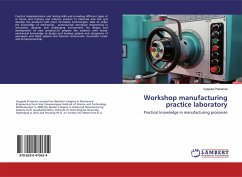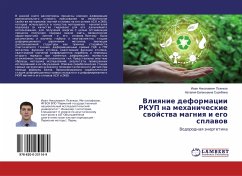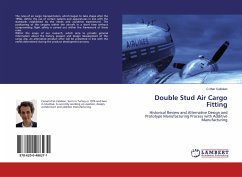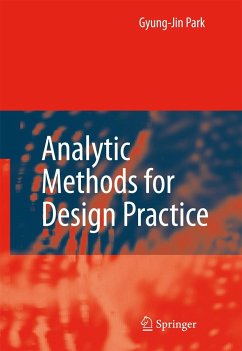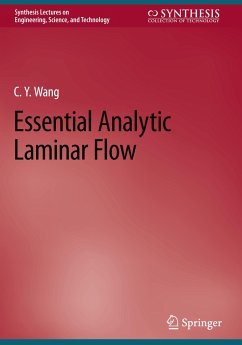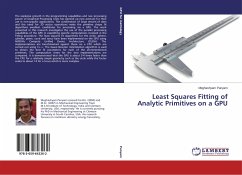
Least Squares Fitting of Analytic Primitives on a GPU
Versandkostenfrei!
Versandfertig in 6-10 Tagen
36,99 €
inkl. MwSt.

PAYBACK Punkte
18 °P sammeln!
The explosive growth in the programming capabilities and raw processing power of Graphical Processing Units has opened up new avenues for their use in non-graphic applications. The combination of large stream of data and the need for 3D vector operations make the primitive shape fit algorithms excellent candidates for processing via a GPU. The work presented in this research investigates the use of the parallel processing capabilities of the GPU in expediting specific computations involved in the fitting procedure. The least squares fit algorithms for the circle, sphere, cylinder, plane, cone ...
The explosive growth in the programming capabilities and raw processing power of Graphical Processing Units has opened up new avenues for their use in non-graphic applications. The combination of large stream of data and the need for 3D vector operations make the primitive shape fit algorithms excellent candidates for processing via a GPU. The work presented in this research investigates the use of the parallel processing capabilities of the GPU in expediting specific computations involved in the fitting procedure. The least squares fit algorithms for the circle, sphere, cylinder, plane, cone and torus have been implemented on the GPU using NVIDIA's Compute Unified Device Architecture (CUDA). The implementations are benchmarked against those on a CPU which are carried out using C++. The Gauss Newton minimization algorithm is used to obtain the best fit parameters for each of the aforementioned primitives. The computation times for the two implementations are compared. It is demonstrated that the GPU is about 3-4 times faster than the CPU for a relatively simple geometry such as the circle while the factor scales to about 14 for a torus which is more complex.



